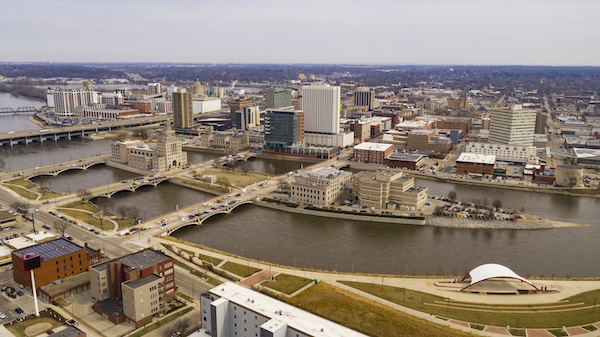Over a decade has passed since the Great Recession began, but the home building industry is still feeling the downturn’s effects manifested in the inventory and labor shortages. Though the country has recovered for the most part besides those two caveats, it is safe to say that builders would rather not face another recession anytime soon—or ever again, if they can help it. These are the top 10 cities that SmartAsset says have the employment rates, housing, and social assistance to be the most recession-resistant of 264 of the largest metro areas. See if your city makes the list.
The Great Recession, which began in 2007 and extended into the early 2010s, wreaked havoc on the global economy at large and the finances of individual Americans alike. When the U.S. unemployment rate peaked at 10.1% in October 2009, many Americans struggled to make their mortgage payments and save money. What’s more, government spending on social safety net initiatives like the Supplemental Nutrition Assistance Program (SNAP) rose by almost a third from 2007 to 2010. Though the U.S. unemployment rate currently sits at 3.5% and the Dow roared toward 30,000 in early 2020 after a decade-long bull market, there are signs of economic vulnerability: At the end of February, the Dow had its worst week since 2008. The economy could crash again, but not every city is equally equipped to weather the next downturn.
To find the most recession-resistant cities in the U.S., we examined nine metrics across three overarching categories: employment, housing and social assistance. Our employment category factors in current unemployment rate, change in unemployment rate during the Great Recession from 2007 through 2010 and the current labor force participation rate. Our housing category factors in housing costs as a percentage of income, change in home value during the Great Recession from 2007 through 2010 and mortgage delinquency rate. Our social assistance category factors in the percentage of the population relying on public assistance, average annual amount of assistance per household and state rainy-day funds as a percentage of state expenditures. For details on our data sources and how we put all the information together to create our final rankings, check out the Data and Methodology section below.







